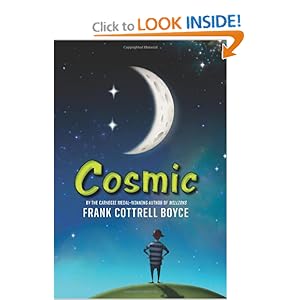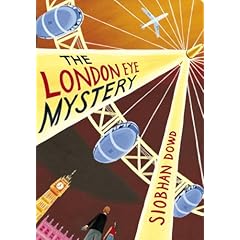 Yuki and the One Thousand Carriers By Gloria Whelan. Illustrated by Yan Nascimbene. Sleeping Bear Press, 2008.
Yuki and the One Thousand Carriers By Gloria Whelan. Illustrated by Yan Nascimbene. Sleeping Bear Press, 2008.
This week and next in our homeschool we’re traveling to Japan: sushi, haiku, kimonos, rice paper, origami, big city, small farm, tsunamis, cherry blossoms. And what else might we discover in our imaginary journey to Japan?
When you’re looking for children’s books with an international setting and flavor, Gloria Whelan is a go-to author, and Sleeping Bear Press is definitely a premier publisher of such books. Sleeping Bear has published a whole bushel basket of alphabet books featuring different countries, states, regions, and interests from A is for Aloha: A Hawai’i Alphabet to K is for Kabuki: A Japan Alphabet to Z is for Zamboni: A Hockey Alphabet. And their non-alphabet, non-concept books rate high in both beauty and educational value, too. Sleeping Bear Press specializes in picture books, ergo the pictures in the books are delightful, colorful, and rich in detail.
Yuki and the One Thousand Carriers is no exception to that description. The illustrations, in double page and page and a half spreads, are Japanese in flavor, with the delicate figures and light and dark contrasts of Japanese character writing. However, there’s also a lot of color splashed all over these pages to delight the eye and engage the imagination. Yan Nascimbene also did the small, intricate illustrations for another lovely picture book set in Japan, Hachiko: The True Story of a Loyal Dog by Pamela S. Turner.
Gloria Whelan’s text tells the story of an seventeenth or eighteenth century girl, Yuki, who must accompany her family on a 300 mile journey to the capital city of Edo. Yuki must ride in a palanquin (most of the time), and her teacher has given her an assignment to write a haiku every day to chronicle the journey. Yuki writes all of her longing for home and her fears about the future as well as her enjoyment in the small pleasures of each day into her haiku.

© 2012 John Morgan, Flickr | CC-BY | via Wylio
how will I find my way back?
Will home disappear?
River is busy
making its own long journey;
it doesn’t look back.
Gulls write their haiku
in the sky, dipping and darting,
not caged in a box.
Once during the long journey, Yuki is able to climb out of the palanquin and walk a little way. She writes:
Grass under my feet
plum blossoms drift down on me
just for a minute.
Finally, the family reach Edo, the end of their journey, and Yuki learns to appreciate where she is, instead of always looking back to long for her old home.
The book is a fantastic introduction to historical Japan and a lovely story of overcoming homesickness through poetry and awareness of daily blessings.







 It’s one of
It’s one of 